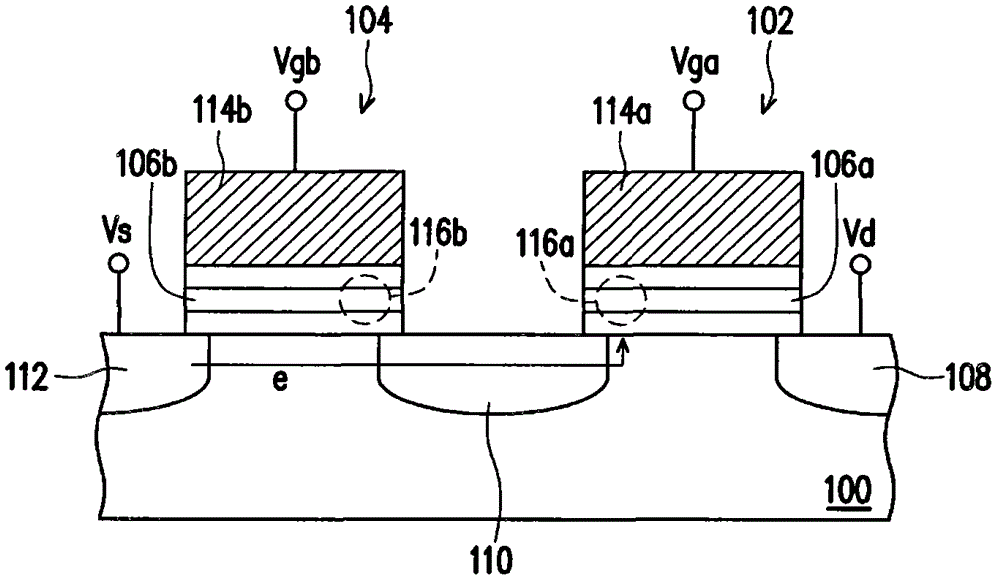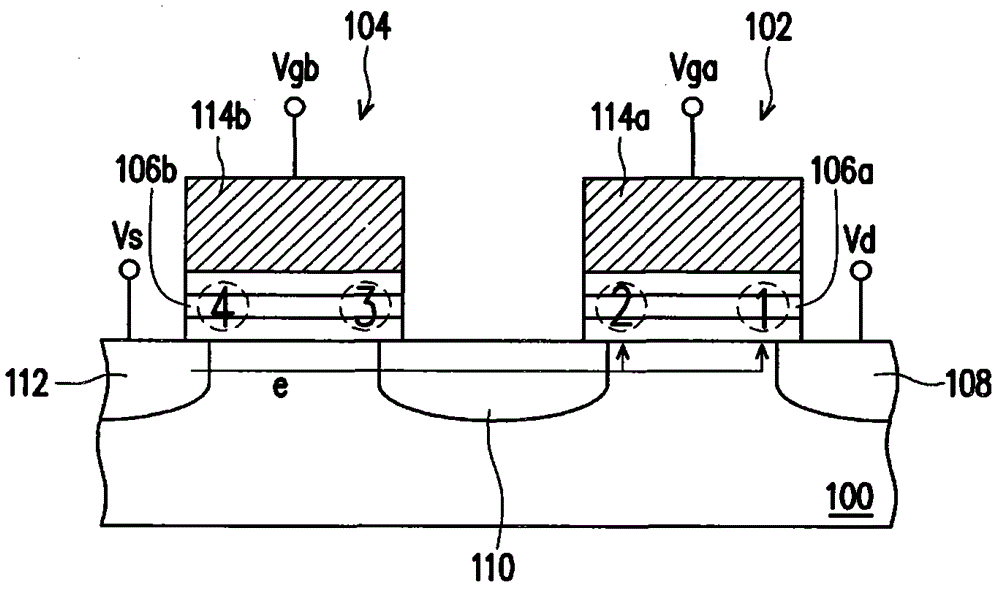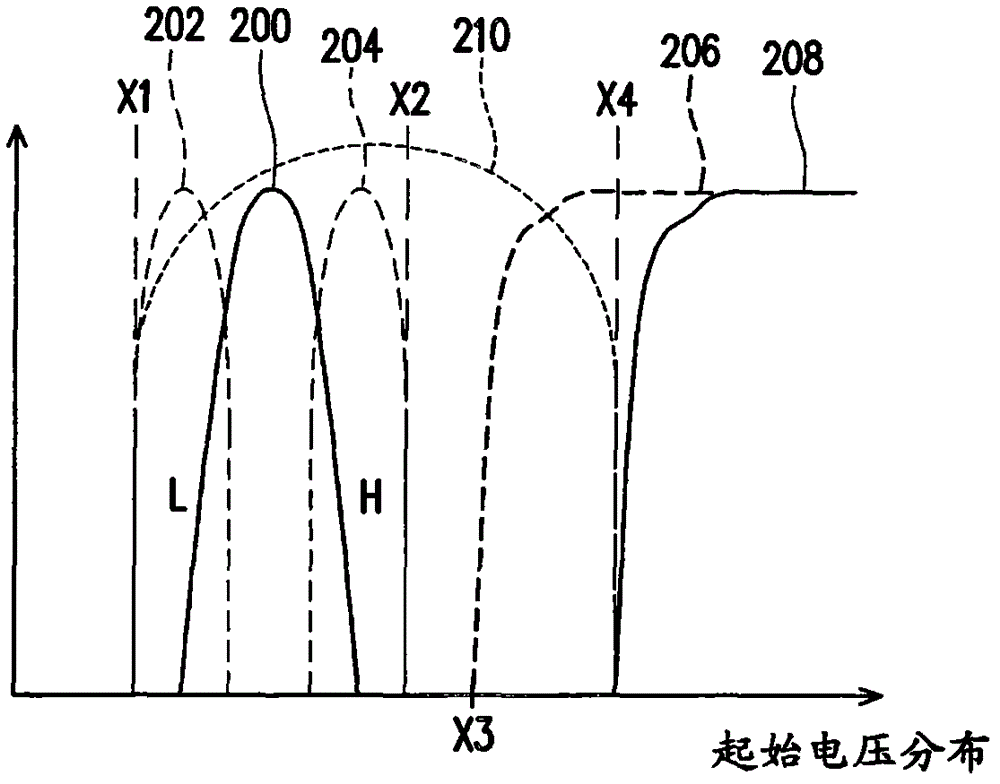Memory programming method and memory cell programming method in memory array
A memory array and memory cell technology, applied in information storage, static memory, instruments, etc., can solve the problems of reducing the performance of memory cells, affecting stability, and not being suitable, so as to improve component integration and large memory Margin, the effect of increasing the speed of programming
- Summary
- Abstract
- Description
- Claims
- Application Information
AI Technical Summary
Problems solved by technology
Method used
Image
Examples
Embodiment Construction
[0047] In order to further illustrate the technical means and effects that the present invention adopts to achieve the intended invention purpose, the program of the memory programming method and the memory cell in the memory array according to the present invention will be described below in conjunction with the accompanying drawings and preferred embodiments. Its embodiment, method, step, feature and effect thereof of chemical method are described in detail as follows.
[0048] The aforementioned and other technical contents, features and effects of the present invention will be clearly presented in the following detailed description of preferred embodiments with reference to the drawings. Through the description of the specific implementation, it should be possible to obtain a deeper and more specific understanding of the technical means and effects of the present invention to achieve the intended purpose, but the attached drawings are only for reference and description, not...
PUM
 Login to View More
Login to View More Abstract
Description
Claims
Application Information
 Login to View More
Login to View More - R&D
- Intellectual Property
- Life Sciences
- Materials
- Tech Scout
- Unparalleled Data Quality
- Higher Quality Content
- 60% Fewer Hallucinations
Browse by: Latest US Patents, China's latest patents, Technical Efficacy Thesaurus, Application Domain, Technology Topic, Popular Technical Reports.
© 2025 PatSnap. All rights reserved.Legal|Privacy policy|Modern Slavery Act Transparency Statement|Sitemap|About US| Contact US: help@patsnap.com



